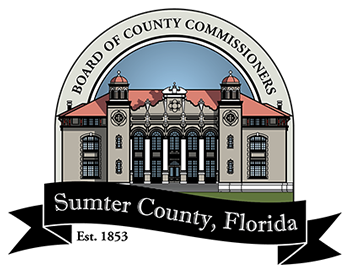A Military Perspective
On the third day after Christmas, 1835, a column of around 110 cold, tired soldiers marched north, headed to Ft. King, near present-day Ocala. Because of the cold, most of them had their muskets and ammunition buttoned beneath their heavy overcoats. They had been marching for five days and their commander, Major Francis Dade, had promised three days off to properly celebrate Christmas upon their arrival at Ft. King.
The march had been quiet so far and there was no sign of the Seminoles, with whom the United States had been in on again, off again conflict for twenty years. It’s likely no one complained when Major Dade, who was tactically astute and normally conservative, ordered the scouts covering his flank back to the main column in order to move faster.
Along a half-mile stretch of trail that cut through pines, palmettos and tall grass, 180 Seminole warriors lay in ambush, an act of war for which the tribal leaders had been preparing for more than a year. Chief Micanopy fired the first shot, reportedly bringing down Major Dade himself. At that signal, the other Seminoles began firing. Within moments, half the American soldiers had fallen. The survivors regrouped and, under the command of Captain George Gardiner, drove the Seminoles back temporarily and managed to construct a makeshift battlement of logs. By the end of the day, however, only 2 Americans survived and the Second Seminole War had begun.
In 1836, the US Army built a fort to guard this section of the Ft. King Trail. A detachment of men, mostly volunteers from Tennessee, under the command of Major Robert Armstrong, built the fort about a half mile from the site of the Dade Massacre, which had occurred the year before.
On November 21, 1836, almost a year after the Dade Massacre, the American Army had the Seminoles on the run. The Florida force was commanded by General Richard Keith Call, who was also the territory governor. Call had lobbied for the position and this was his first significant action as the commanding general. In early November, he launched his campaign with around 2,500 soldiers, largely Tennessee Volunteers and Creek Indians.
Badly outnumbered and hampered by their proximity to Seminole civilians, the Seminole leaders Yaholoochee (called Cloud) and Osuchee (called Cooper), retreated to a densely wooded section of the Wahoo Swamp.
Between the woods and the American forces were an open field and a stream large enough to be of unknown depth. For the Americans, crossing the stream quickly was critical to success. Major David Moniac, a Creek Indian and the first Native American to graduate from West Point, led the unit ordered to cross the stream. He was shot and killed while trying to determine how deep the water was, and no other American officer stepped forward to continue the mission.
Between the creek and the deep mud of the swamp, the American forces stalled and became disorganized. Further, Call’s logistics plan was faulty and the troops began to run short of supplies, especially ammunition. Call was forced to withdraw and the Americans lost the chance to capture between 500 and 700 Seminole warriors. Within a week, Call was relieved of command and replaced by General Thomas Sidney Jesup.
The Battle of Wahoo Swamp was the largest defeat of US forces in the Second Seminole War. The battle is commemorated by a registered historical marker at the site, which is only six miles away from the Dade Battlefield Historic State Park and the Ft. Armstrong registered historical marker.




